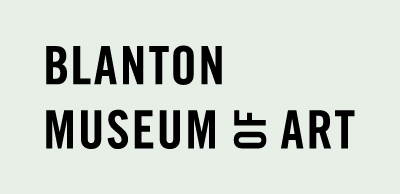De la Corona y el Vaquero Enamorado, el Pachukis [Of the Crown and the Enamored Cowboy, the Pachukis]
Casta paintings, depicting couples with different ethnicities and their offspring, visually documented how the concept of race was artificially constructed in colonial Spanish America, and applied with lasting historical consequences. Claudio Dicochea builds his farcical interpretations of casta images by layering popular and art historical sources, selected to show the underlying racism of such eighteenth-century portraits. According to Dicochea, his project is “about thwarting the narrative lens that was used in these original paintings by replacing it with other more popular lenses, like science fiction and horror.”
Here, he pairs a white woman in a fancy traditional charro dress with a “romantic” cowboy, perhaps a reference to Mexican comics. The rider’s head is that of Mesoamerican god Quetzalcoatl, thus identifying him as Indigenous or Native American. For Dicochea, “the figures of the white mother and the dark father come to us masked in stereotypes... But what happens next? What do stereotypes reproduce?” His ironic response is a blended pachuco child wearing a zoot suit, who has inherited the father’s perceived “monster-like” qualities and the mother’s penchant for stylish fashions.

![De la Corona y el Vaquero Enamorado, el Pachukis [Of the Crown and the Enamored Cowboy, the Pachukis]](/internal/media/dispatcher/29421/preview)

![De la Corona y el Vaquero Enamorado, el Pachukis [Of the Crown and the Enamored Cowboy, the Pachukis]](/internal/media/dispatcher/29421/full)

![Caí con mi padre por el espacio, enamorado locamente de la Tierra II [I Fell with My Father Through Space, Madly in Love with the Earth II]](/internal/media/dispatcher/8719/thumbnail)
![Vaquero de medianoche [Midnight Cowboy]](/internal/media/dispatcher/22615/thumbnail)
![Naturaleza Muerta [Still Life]](/internal/media/dispatcher/15254/thumbnail)
![O retrato [The Portrait]](/internal/media/dispatcher/18506/thumbnail)
![El Palo de la guayaba [Guava Stick], from Serie por diversos conceptos [Miscellaneous]](/internal/media/dispatcher/19354/thumbnail)
